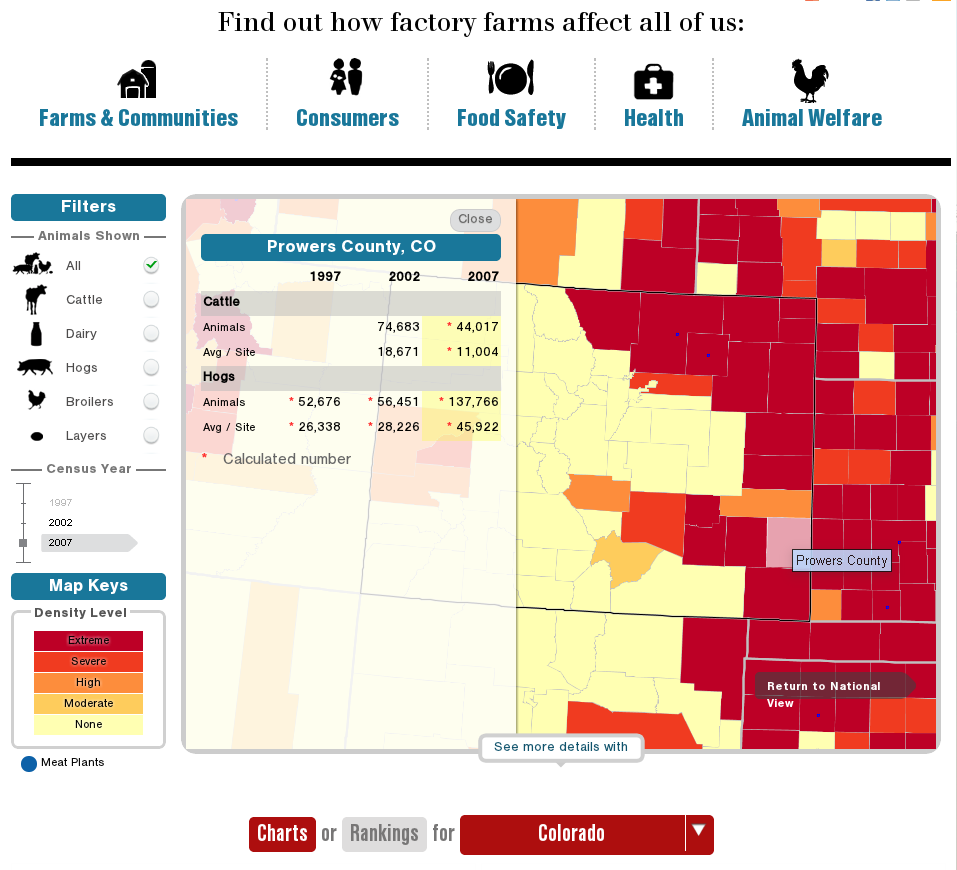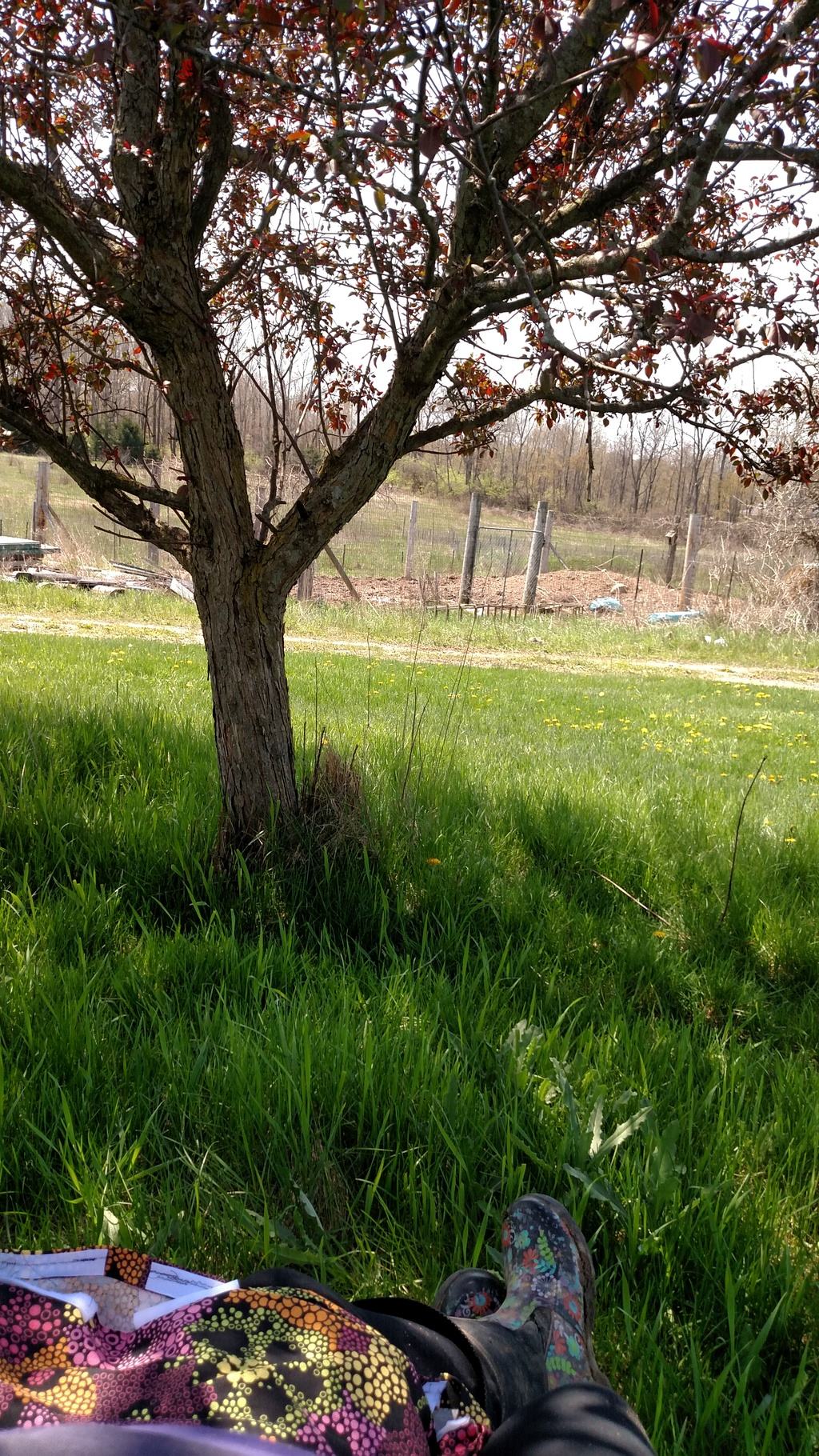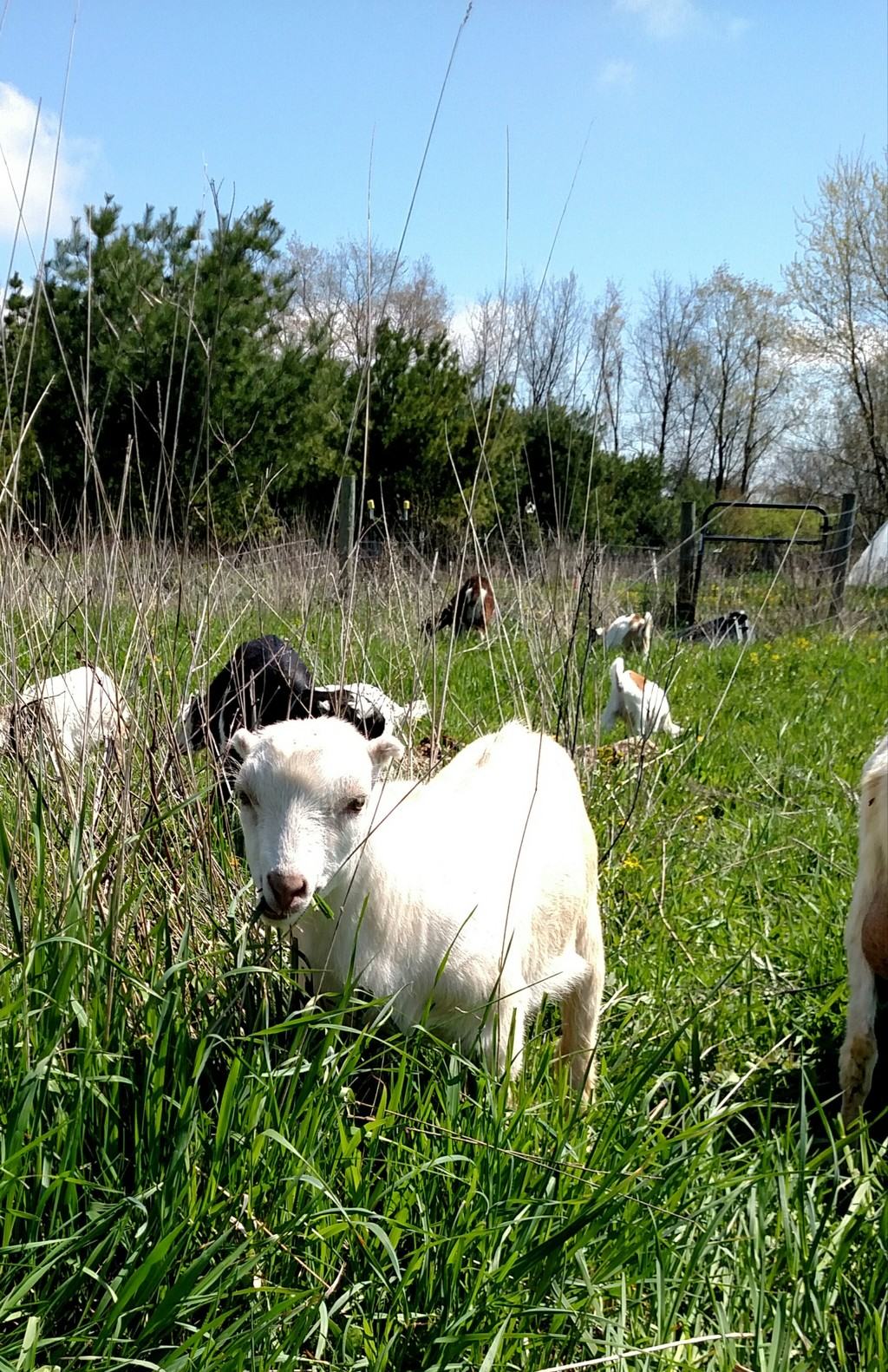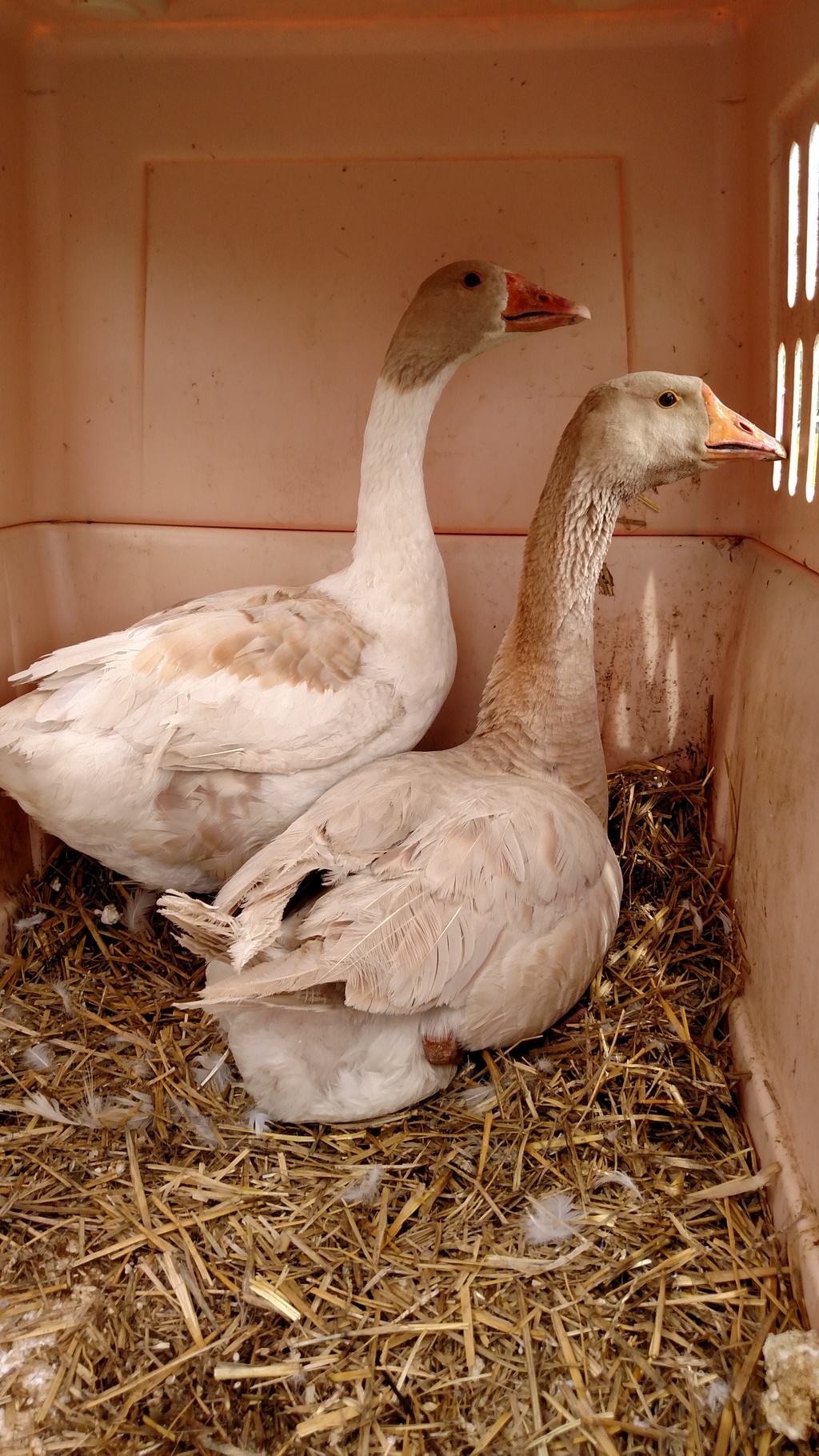 Well, surely you have seen the stories in the news regarding the outbreak of Listeria bacteria in cantaloupes that has sickened at least 70, killed 16, and it ain’t over yet. It’s distressing when this sort of thing happens, especially when you see it’s not junk food that’s the cause. It is the foods that have generally been regarded as healthy: cantaloupe, alfalfa sprouts, papaya, spinach, ground turkey – that are responsible for making people ill and even ending their lives instead of sustaining and improving them.
Well, surely you have seen the stories in the news regarding the outbreak of Listeria bacteria in cantaloupes that has sickened at least 70, killed 16, and it ain’t over yet. It’s distressing when this sort of thing happens, especially when you see it’s not junk food that’s the cause. It is the foods that have generally been regarded as healthy: cantaloupe, alfalfa sprouts, papaya, spinach, ground turkey – that are responsible for making people ill and even ending their lives instead of sustaining and improving them.
You know that it is more than an isolated case, too, when you see a retailer as large as Costco demanding that higher standards must be met for the produce being sold in their stores. But is the creation of more rules and bureaucracy for large-scale growers of produce the answer here? Or should we be zooming out even further to examine why we have large scale growers in the first place?
The farm that the affected cantaloupes have been traced back to is Jensen Farms, in Holly, CO. Now, I’m not saying that they are nefarious people at all – they obviously did not want people getting sick. What I am looking at is the farming system of which Jensen is a part. The Farm to Consumer Legal Defense Fund posted a link to this site on their Facebook page yesterday, and it’s quite telling. Check out this map showing the huge population of CAFO’s (Concentrated Animal Feed Operation) in the area where they are located. Prowers County, where they are located, is categorized as “Extreme,” and so are five out of the six counties that border Prowers – with the sixth being “Severe.”

So, what does that mean? Well, so many CAFO’s in an area means that there are a lot of animals. And with a lot of animals, there comes a lot of poop. Dealing with animal poop is something every farmer must do. When there is an appropriate amount of animals for a grazing area, nature is quite efficient at taking care of breaking it down properly. In fact, the poop can really benefit the land, becoming a soil amendment that provides more food for the microbes and the green stuff growing, which in turns, nourishes the animals, who in turn, nourish us. And that’s how it should be.
But not so in a CAFO. In those operations, animals poop in a small area, and it builds up. Often, flushing systems are used to wash the poop into what is known as a “lagoon” – basically a big storage tank for poop. It’s usually store there for months, where it starts to break down and creates harmful gases during that process. These lagoons can rupture and flood, and sometimes, even a heavy rainstorm is enough to cause an overfill and subsequent contamination of the surrounding soil and water.
Sometimes the manure is shipped to neighboring farms that are growing produce, and used on the fields as fertilizer. But these CAFO operations produce more poop than the fields can ever absorb. Furthermore, most states don’t require any treatment of animal waste – which would be fine, if it was managed properly, but it’s not. So it’s easy to see a multitude of possible means by which pathogens from animal waste could end up getting on fruits and vegetables being grown near a CAFO.
I’m with Joel Salatin. I think we aren’t asking the right questions. I think instead of pondering “How do we make CAFO’s and industrial farms safer?” we should be asking “Why are we doing things that way when we know it’s unsafe and unsustainable?” I think we should be asking “Why are we trying to produce food on an assembly line?” I believe that we should be reshaping our thinking about eating seasonally. I think if we did, and we all got to know where our food is coming from, I mean really got to know that, we’d change the way we do things. I think the local food production is the answer.
I don’t think that we should be eating tomatoes from China year-round. They should come from our own backyards, or the neighbor’s, or a local farm when they are in season. They should have a real flavor that was brought about by ripening in the sunshine, not because they were picked green, put in a shipping container, and ripened artificially with ethylene. And in the winter, they should come out of a Ball canning jar, because we put them up when they were in season.
Are these unreachable ideals? Well, perhaps lofty, but not impossible. Yes, it’s hard work. But I think it’s also worth it, to know that we have a safe, life-giving (instead of death-bringing) food supply in our pantries and chill chests. We are working hard to make that a reality here. We’re not 100% there yet ourselves, but we are making changes to get there. Have you started changing and improving your own food supply? If so, what kinds of things are you doing? We’d love to hear from you in the comments.
To read more about the problems with animal waste management on CAFO’s, please visit the Sustainable Table website.





Leave a Reply